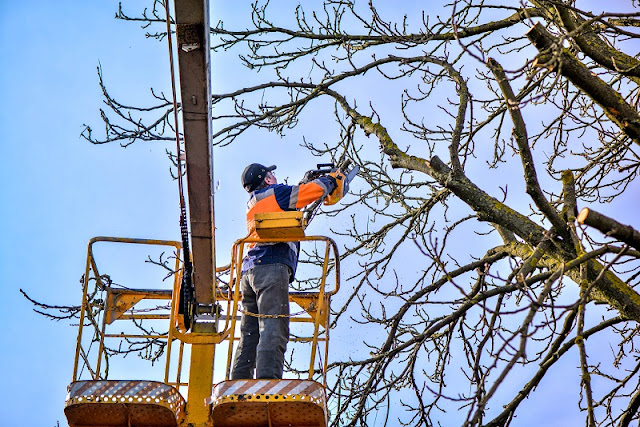Nature is a wonder. Having a vibrant garden with manicured grass, blooming flowers and sprawling canopies is a novelty. Those who care about trees and plants realize the importance and complexity of maintaining a garden. Tree pruning is a popular maintenance procedure to organize and control trees' growth and instill aesthetic values.
Trimming Off the Myths First
While nature has its way to trim and grow, you can help your garden grow and improve plant life with informed interference and supervision. Concisely, tree pruning helps change the form and growth of plants. However, it requires extensive knowledge about plant structure and tree biology. Trimming cannot be done at any time you want. One must make sure that trimming is being done at the right time and with precise measures to prevent plant diseases and insect growth. You can also shape the plant to grow as your preference with controlled prunes.
Calling the Shots On Pruning
Now, pruning could be a daunting process to undertake if you are not a veteran in gardening. Several intuitive questions arise, and it is reasonable to be overwhelmed with doubt. Primarily, pruning is committed to improving plant health and beautification –
- Help with flower and fruit development
- Remove a dying or diseased branch that could trigger infections, insect growth.
- Protect trees from mechanical damages
- Maintain a dense canopy or hedge
- Develop a desirable plant form or garden variety
- Remove branch stubs or clustered branches
- Control plant or shrub size and proportionality
Not Just Trees, But Protect Yourself Too
Tree pruning is also protective of people and property. Dead or decaying branches hanging over places which are being used by people frequently may fall over people and other property and injure someone. Trees often grow close to electrical wiring and poles, which can be hazardous, especially during stormy conditions. Sometimes a tree branch could even interfere with the on-road vision for drivers or block the entrance to a property.
The Right Tools For The Job
Tree pruning is a mechanical job that requires practical tools, each with a unique purpose. To achieve precise cuts, here are some standard equipment that should feature in your hardware –
- Pruning shears that cut branches up to 3” to 4” in diameter
- Lopping shears that provide accurate cuts for branches up to an inch and a half in diameter
- An array of hand saws for cutting branches from about 1” to 4” in diameter
- Hedge shears exclusively for trimming hedges
- Chain saws from cutting through larger branches
These were the tools that are commonly required for tree pruning. Like any other tool, these tools also require maintenance and proper storage. As these tools contain sharp blades, do not forget to put on safety gear such as gloves, helmet and make sure you work with extreme precautions.
Getting the Trims Done
While tree pruning, you may encounter a variety of branch structures and unique circumstances. Before you start making cuts, evaluate the condition of the tree and area of focus. Each situation calls a specific set of tools and how to handle it –
- Forked Trunks: They are less stable than a single trunk and leave spaces for the growth of insects and rot. Remove the forked trunks during the formative period and make sure the cut is as close to the surface possible.
- V-Shaped Branches: While it is inconsequential to smaller trees, for sizable trees like maple or willow, V-shaped branches weaken the strength of the tree. They are susceptible to breaking under pressure by winds or storms. Hence it is advisable to observe their growth and trim the branching during their formative stage.
- Branch Clusters: Branching is natural, but excessive branching could be detrimental to the plant’s strength as it grows. Trimming lateral growth of branches improves air circulation, exposure to light, and helps the main branches grow substantially.
- Stubs: When branches break off, they leave an opening for insects and other pathogens to enter. Ensure you seal the stubs formed while being wary of the living tissues near the stub.
Tree pruning is an art but not without science. Explicitly avoid the indiscriminate chopping off branches. Read the landscape and pick up the correct course to trimming off unwanted growths. It needs effort but could potentially elongate the lifetime of plants and grow a healthy garden.


Comments
Post a Comment